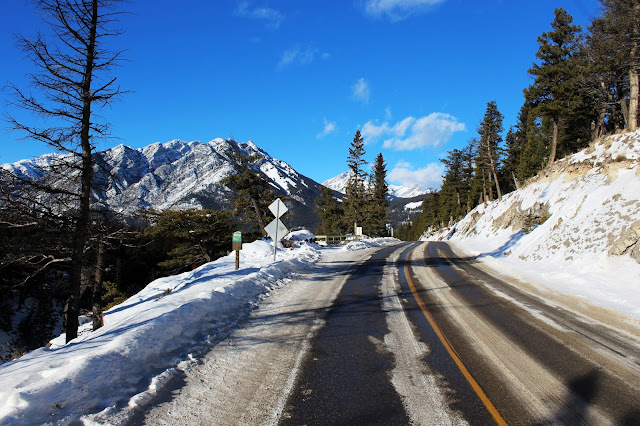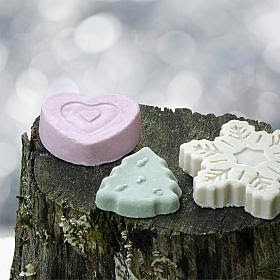29.1.16
Big Garden Birdwatch
The RSPB's Big Garden Birdwatch has been going on for 36 years. It was started in 1979 as an activity for children and it still has that same simple idea behind it today - to count birds.
With so many people taking part each year, it helps the RSPB get an idea about how the birds in the UK are doing. The more people that are able to join in and count, the bigger and wider the data that can be collected.
Last year over 8.5 millions birds were counted. The data has shown that we've lost around 58% of our house sparrows since the birdwatch was started. This information means that the RSPB can spend time looking at why this might have happened and what they need to do in order to put it right.
All you need to do to join in is visit www.rspb.org.uk/birdwatch, sign up and download a pack.
The pack contains a record sheet and a handy bird identifier.
Your birdwatch can take place either on Saturday 30th or Sunday 31st of January. Just spend one hour recording which birds visit your garden on one of those days and send the information back to the RSPB by Friday 19th of February.
So, what are you waiting for? Download a pack and join in with the Big Garden Birdwatch.
All you need to do to join in is visit www.rspb.org.uk/birdwatch, sign up and download a pack.
The pack contains a record sheet and a handy bird identifier.
Your birdwatch can take place either on Saturday 30th or Sunday 31st of January. Just spend one hour recording which birds visit your garden on one of those days and send the information back to the RSPB by Friday 19th of February.
So, what are you waiting for? Download a pack and join in with the Big Garden Birdwatch.




















































